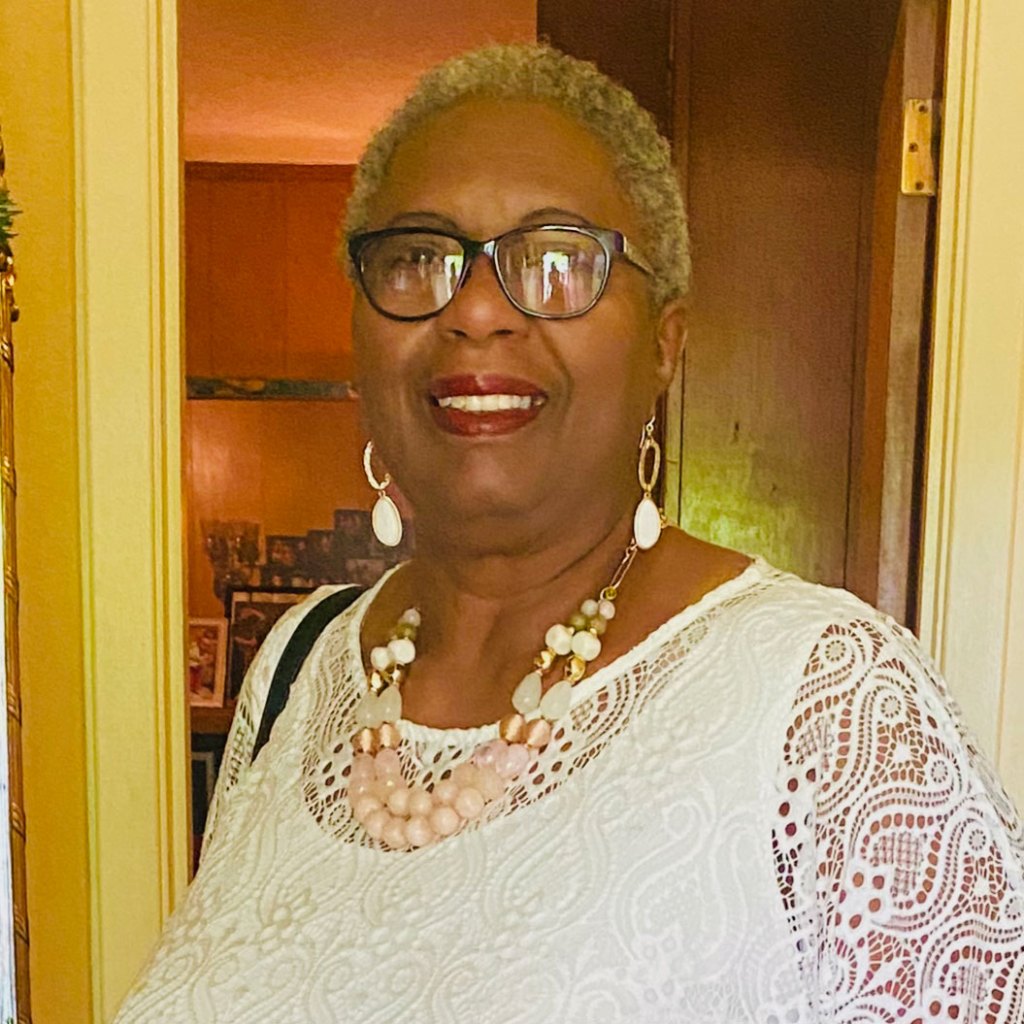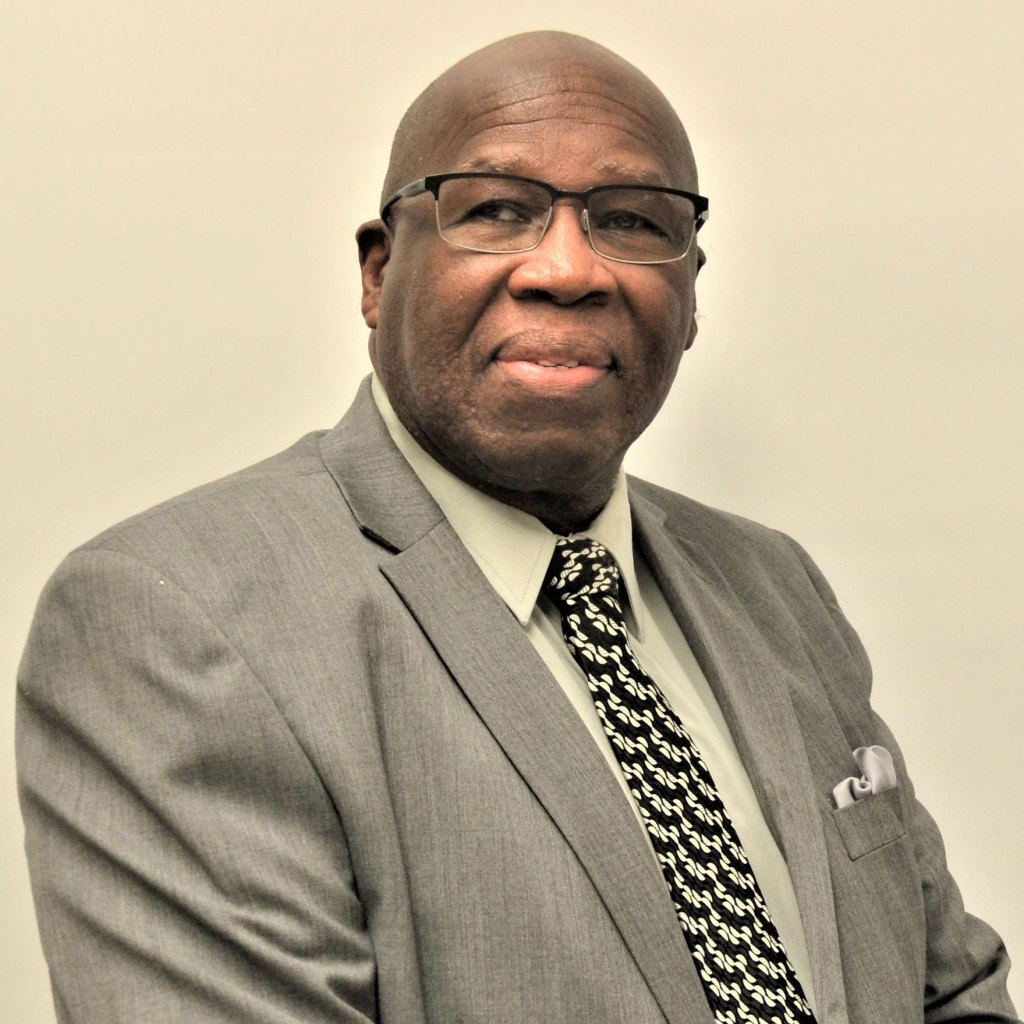The annual UAB Medicine Service Awards were created to recognize employees for years of faithful service and acknowledge the hard work and special contributions they make to our organization. These outstanding staff members play an important role in meeting the growing needs of our community, and their service is deeply appreciated.
As part of this recognition, two of our longest-serving employees – Doris Brown and Thurman Richardson – share a little about their experiences at UAB Medicine.
Brown and Richardson both started at UAB in 1975. Such a distant year calls for some perspective. UAB had just become Birmingham’s second-largest employer. The University of Alabama Health Services Foundation was founded, the Medical Towers building was acquired, and UAB purchased 45 city blocks for expansion. Gerald Ford was president, the Vietnam War had just ended, and Jaws was the summer blockbuster movie. The nation was watching “Starsky & Hutch,” “Happy Days,” “The Jeffersons,” and the first season of “Saturday Night Live.” A first-class postage stamp cost 10 cents, and gasoline was about 60 cents per gallon.

Doris Brown
If you are a UAB medicine patient, or have been anytime between the late 1970s and now, it’s possible that your medical records were filed, retrieved, or otherwise kept in good order by Brown. The health information tech with what then was UAB Health Information Management began as a part-time employee, first working in tumor registry and then helping with archives. Brown says that when she took a full-time position two years later, managing health information was still a manual task involving folders, tabs, cabinets, and legwork.
“You had almost everything typed or written on index cards filed in cabinets when I started,” Brown says. “Then we began creating charts, filed along shelves and in cabinets. We might locate 200 or 300 charts per evening, so there was plenty of moving around.” Brown says she views her career at UAB Medicine as a journey through specific “time zones.”
“It has been an interesting and satisfying journey through very different eras for me,” she says. “Each new change in how we manage information has made life easier for workers and better for patients. The big move from manual charts to electronic health records didn’t happen all at once, but once the information we needed became available more or less at the click of a button, that was a welcome change.”
Brown says that even with technology, challenges sometimes still arise in accessing electronic health records – especially if time is a factor.
“I love a challenge like that,” Brown says. “I think of my job in a simple phrase: ‘Get the info.’ I’ve been learning new ways to do that, and do it better, and I love learning, too. I retired in 2004 at 30 years of service, just to see what retirement was like. I returned to UAB six weeks later.
Thurman Richardson

Thurman Richardson is a lab services supervisor for the UAB Autopsy Service and the Office of Decedent Affairs. He worked as a morgue attendant in college, which Richardson says led to his current career.
“Working in the morgue is where I became interested in pathology,” Richardson says. “I entered the pathology assistant program toward that career. I started working with UAB in August of 1975. I became as assistant supervisor in 1989 and also worked for three years as an administrative manager for the hospital labs.”
Richardson says his work has always had a main focus: the patient.
“I always refer to the deceased as, ‘our patients,’” he says. “I learned very early in this job that they need a voice, someone who can make certain that certification and other details are handled in a timely matter. That’s important not only as a matter of respect, but also for the benefit of families and loved ones.”
Richardson says his rewards come from helping others in a time of great need.
“At the time of passing, this is when patients and families are most vulnerable, to say the least,” he says. “But death is not final until we have met every challenge to honor these patients and help their families in any way we can.”
In his spare time, Richardson restores antique cars. His pride and joy right now are a 1933 Plymouth coupe and a 1962 Chevrolet Impala — and his grandkids. Richardson says there’s not much room in the little coupe, but his grandsons do get to ride in the Chevy.
